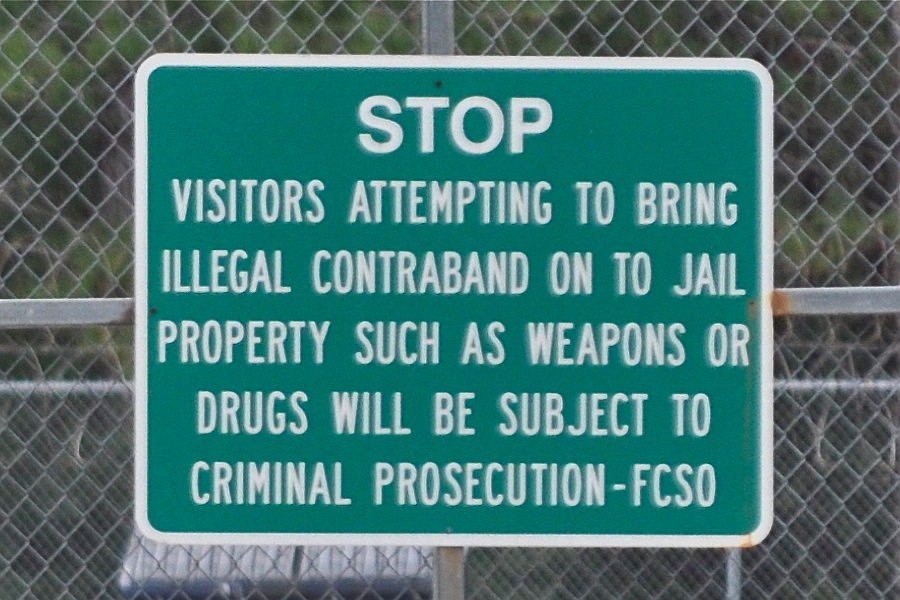- November 17, 2024
-
-
Loading

Loading

Once it’s built, inmates in Flagler County’s new jail won’t be able to see their loved ones in person through a glass partition. Instead, they’ll see them through the computer screen of a video visitation system.
Video visitation, Flagler County Inmate Facility Director Becky Quintieri said, “is less staff intensive in terms of moving inmates. I think that’s the biggest advantage.” Only attorneys will still visit inmates face-to-face.
Cmdr. Bob Weber added that the video visitation system should make the jail safer. “It creates more of a secure environment, where fewer people are going into the facility,” he said.
Video visitation has spread around jails and prisons nationwide, but also drawn challenges from organizations like the ACLU, which has called the suspension of face-to-face visits in favor of video visits inhumane. The ACLU has sued the Sheriff’s Office over inmates’ rights issues in the past, filing a lawsuit in February 2013 challenging the county jail’s postcard-only mail policy, which was later rescinded.
Video visitation systems that charge visitors have drawn particular ire from prisoners’ rights activists, but, Quintieri said, “They’re not going to have to pay to use the system here.”
The system planned for the new jail will require visitors to come in to a Sheriff’s Office facility. If the county were to ever implement a program that allows family visits from home — something Quintieri said the Sheriff’s Office is not looking at at this point — that could cost family members money, she said, because it would be expensive for the Sheriff’s Office.
Quintieri said she hadn’t considered how substituting in-person visits for video visits might affect the quality of inmates’ time with their families, but pointed out that under the current visitation policy, inmates are separated from their visiting loved ones through a glass partition.
“I haven’t heard any complaints about that,” she said. “I think people are used to doing that now, with Skype and FaceTime and all of that.” She said she misses seeing her son, who is in college, “but if I saw him through glass or through FaceTime, I’m not sure what difference that would make.”
The length of the actual visits — capped at one hour — will likely remain the same, but the change from in-person to video visitation, Quintieri said, will reduce jail staff time. As things are, the county jail as visitation hours four hours per day Monday through Friday.
“Several times a day, we’re switching out inmates,” she said. “We have 10 spots, so 10 inmates every hour could visit. They get a pat down to ensure they’re not taking anything out, they’re either put in shackles and handcuffs or just in handcuffs, and then that whole process has to be reversed when they come back.”
And it makes it difficult to keep inmates who need to be kept separated, separated: “I can’t mix males and females, I can’t mix juveniles with adults, I cant’ mix violent male defendants, with nonviolent male defendants,” Quintieri said.
Staff members also have to check visitors, and any space they’ve entered that prisoners could also enter, for contraband.
“We have had some broken glass before from people becoming angry, we’ve had people bring in substances, we’ve had people bring cell phones in and take pictures in visitation and post them on Facebook, we’ve had contraband,” Quintieri said.
The video visitation system has not yet gone out to bid, Weber said Tuesday, but Sheriff’s Office Officials had planned a Wednesday, Feb. 11 meeting to discuss construction plans, including those for the video visitation system, with contractor Allstate Construction.